Intro
Discover our comprehensive Labor And Delivery Guide, covering pregnancy stages, childbirth options, and postpartum care, with expert tips on pain management, breastfeeding, and newborn health for a smooth maternity experience.
The journey to parenthood is a significant milestone in one's life, filled with excitement, anticipation, and sometimes uncertainty. For expectant mothers, understanding the process of labor and delivery is crucial to prepare for the arrival of their baby. Labor and delivery can be a complex and overwhelming experience, but with the right knowledge and support, mothers can navigate this journey with confidence. In this comprehensive guide, we will delve into the world of labor and delivery, exploring the various stages, options, and considerations that expectant mothers should be aware of.
As the due date approaches, expectant mothers often wonder what to expect during labor and delivery. Will it be a long and painful process, or a quick and easy one? What are the different stages of labor, and how can they be managed? What are the options for pain relief, and what are the benefits and risks associated with each? These are just a few of the many questions that expectant mothers may have, and it is essential to address them to ensure a positive and empowering experience.
The process of labor and delivery is a natural and normal part of life, and yet, it can be a source of anxiety and fear for many expectant mothers. This is often due to a lack of understanding about the process, as well as the many myths and misconceptions that surround it. By educating themselves about labor and delivery, expectant mothers can take control of their experience, make informed decisions, and approach the arrival of their baby with confidence and excitement.
Labor And Delivery Overview
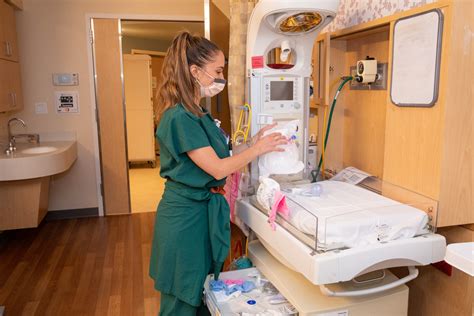
Labor and delivery is a complex process that involves the coordination of multiple physiological and psychological factors. It is a normal and natural process, but it can also be a highly individualized and unpredictable experience. Every woman's body is different, and every labor and delivery experience is unique. Understanding the different stages of labor, as well as the various options and interventions that are available, can help expectant mothers navigate this journey with confidence and empowerment.
Stages Of Labor
The process of labor is typically divided into three stages. The first stage of labor is the longest and most intense, and it is characterized by the onset of contractions and the dilation of the cervix. The second stage of labor is the pushing stage, during which the baby is born. The third stage of labor is the postpartum stage, during which the placenta is delivered and the uterus begins to contract back to its pre-pregnancy size.Preparing For Labor And Delivery
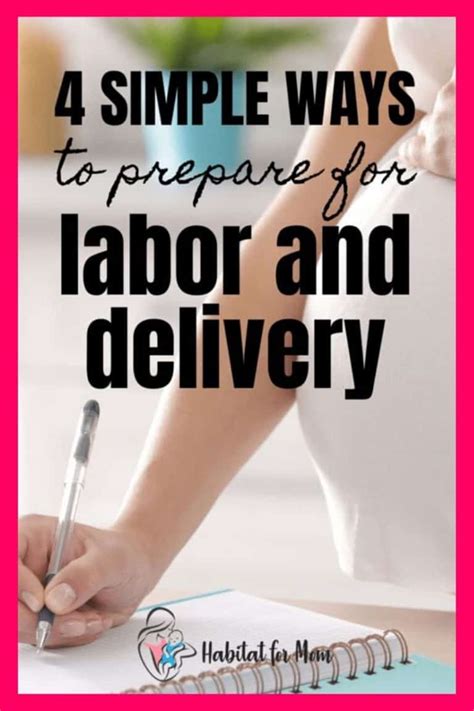
Preparing for labor and delivery is an essential part of the pregnancy journey. It involves educating oneself about the process, creating a birth plan, and preparing the body and mind for the experience. Expectant mothers can prepare for labor and delivery by taking childbirth education classes, practicing relaxation techniques, and building a support network of family and friends. They can also create a birth plan, which outlines their preferences and goals for the labor and delivery experience.
Childbirth Education Classes
Childbirth education classes are an excellent way for expectant mothers to learn about the process of labor and delivery. These classes typically cover topics such as the stages of labor, pain management options, and breastfeeding. They also provide an opportunity for expectant mothers to ask questions, address concerns, and connect with other expectant mothers.Labor And Delivery Options
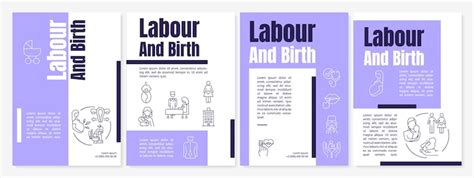
Labor and delivery options are numerous and varied, and they can be tailored to meet the individual needs and preferences of each expectant mother. Some common labor and delivery options include vaginal delivery, cesarean section, water birth, and epidural anesthesia. Expectant mothers can also choose to have a doula or birth companion present during labor and delivery, which can provide emotional support and advocacy.
Vaginal Delivery
Vaginal delivery is the most common method of delivery, and it involves the baby being born through the birth canal. Vaginal delivery can be a natural and normal process, but it can also be a highly medicalized experience. Expectant mothers can choose to have a vaginal delivery with or without pain medication, and they can also choose to have a doula or birth companion present.Pain Management Options
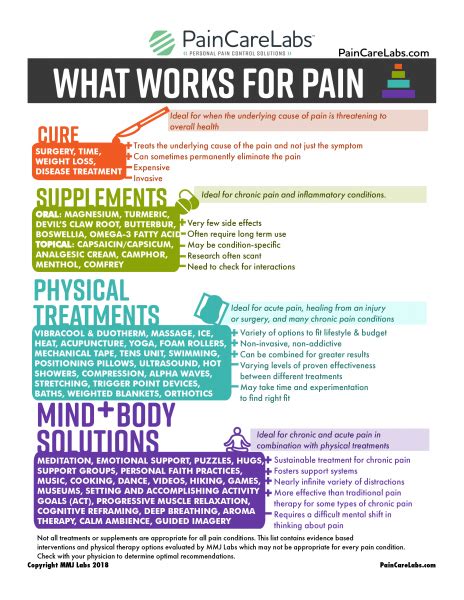
Pain management options are numerous and varied, and they can be tailored to meet the individual needs and preferences of each expectant mother. Some common pain management options include epidural anesthesia, natural childbirth, and pain medication. Expectant mothers can also choose to use relaxation techniques, such as deep breathing and meditation, to manage pain and discomfort.
Epidural Anesthesia
Epidural anesthesia is a popular pain management option that involves the injection of medication into the epidural space around the spine. Epidural anesthesia can provide effective pain relief, but it can also have side effects, such as numbness and weakness in the legs. Expectant mothers should carefully consider the benefits and risks of epidural anesthesia before making a decision.Postpartum Care
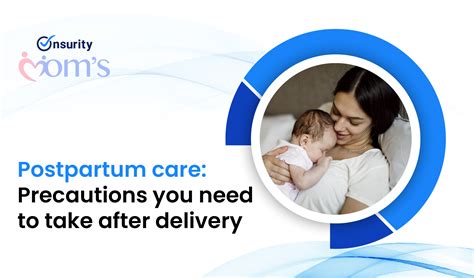
Postpartum care is an essential part of the labor and delivery experience, and it involves the care and support of the mother and baby after birth. Postpartum care can include physical care, such as wound care and breastfeeding support, as well as emotional care, such as counseling and advocacy. Expectant mothers can choose to have a postpartum doula or birth companion present to provide support and care during the postpartum period.
Physical Care
Physical care is an essential part of postpartum care, and it involves the care and support of the mother's physical body after birth. Physical care can include wound care, breastfeeding support, and pain management. Expectant mothers should prioritize physical care during the postpartum period to ensure a smooth and healthy recovery.Conclusion And Final Thoughts

In conclusion, labor and delivery is a complex and highly individualized experience that requires education, preparation, and support. Expectant mothers can navigate this journey with confidence and empowerment by understanding the different stages of labor, exploring labor and delivery options, and prioritizing postpartum care. By taking control of their experience and making informed decisions, expectant mothers can create a positive and memorable labor and delivery experience that will last a lifetime.
We invite you to share your thoughts and experiences with labor and delivery in the comments below. If you have any questions or concerns, please do not hesitate to reach out. We are committed to providing you with the information and support you need to navigate this journey with confidence and empowerment.
What are the different stages of labor?
+The different stages of labor include the first stage, which is the longest and most intense, the second stage, which is the pushing stage, and the third stage, which is the postpartum stage.
What are the options for pain management during labor and delivery?
+The options for pain management during labor and delivery include epidural anesthesia, natural childbirth, and pain medication. Expectant mothers can also choose to use relaxation techniques, such as deep breathing and meditation, to manage pain and discomfort.
What is postpartum care, and why is it important?
+Postpartum care is the care and support of the mother and baby after birth, and it is essential for ensuring a smooth and healthy recovery. Postpartum care can include physical care, such as wound care and breastfeeding support, as well as emotional care, such as counseling and advocacy.
